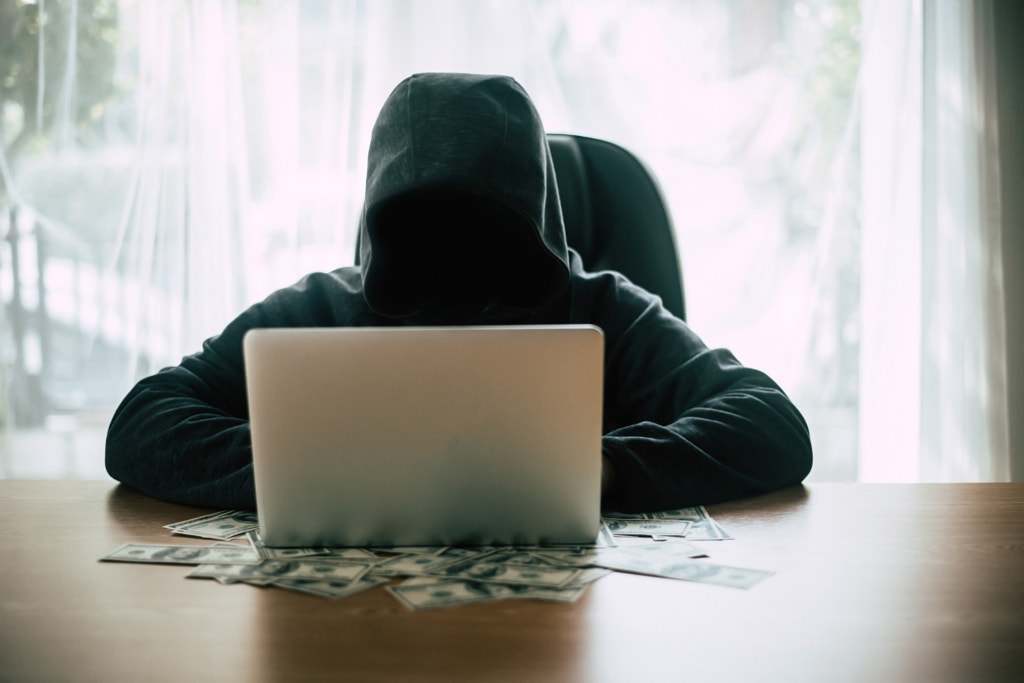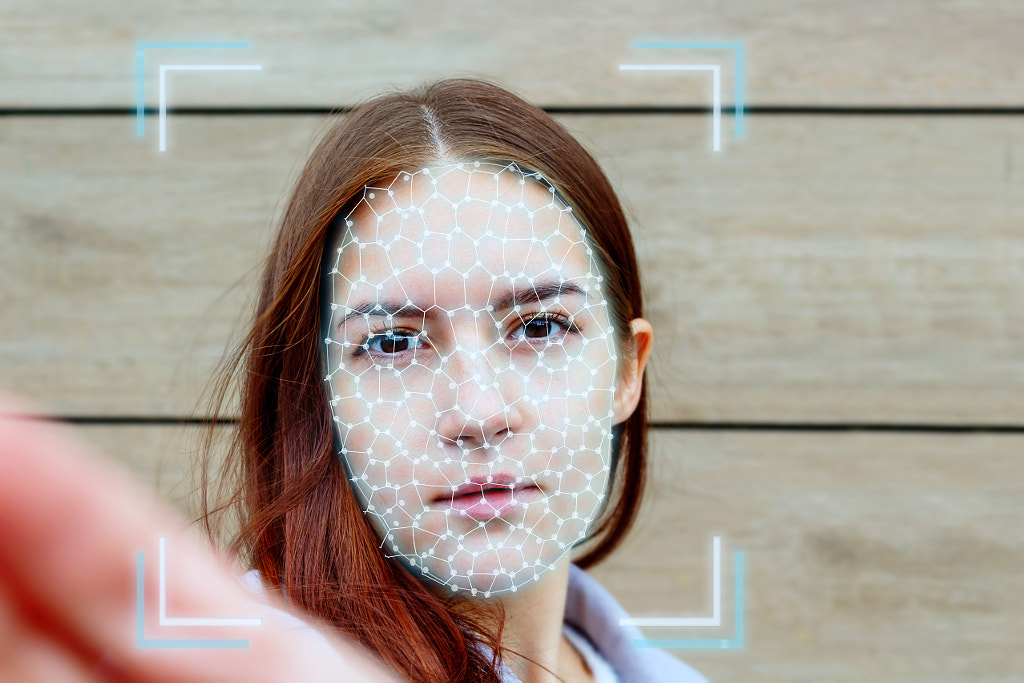In January, a non-fungible token collection known as “Frosties” generated quite a bit of buzz online. The collection included 8,888 NFTs based on cartoon ice cream scoop characters, and investors were promised perks, including access to a metaverse video game and 3D versions of their characters. The NFTs sold out in under an hour.
The two men behind the project allegedly earned an estimated $1.1 million. But then they disappeared. The video game never materialized, and buyers were left disappointed and angry. In March, those two men were arrested and charged with fraud.
NFTs are unique digital assets that live on the blockchain; in the art world, they’re used to certify ownership of digital goods. In 2021, the NFT market passed $40 billion, making headlines worldwide. But unfortunately, as it is with any “gold rush,” the NFT boom has also attracted scammers hoping to take advantage of the emerging market. In this guide, we’ll cover some of the most common scams in the space and share our tips for staying safe.
Phishing
In December of 2021, the gallery owner and art collector Todd Kramer had fifteen NFTs stolen from his wallet as part of an alleged phishing scam. Those NFTs were worth an estimated $2.2 million. Phishing describes any cybercrime where scammers pose as a trusted or reputable organization to lure people into giving up sensitive information. In the NFT space, that sensitive information includes private wallet keys and seed phrases.
Scammers might pose as representatives from your wallet or legitimate marketplaces via email, or they can rely on pop-ups on Telegram, Discord servers, and other social media channels. In some cases, they’ll claim to be “customer support,” with the goal of getting you to click on a link or take some sort of action to “fix a problem.” This is a kind of social engineering, a tool used by cybercriminals to manipulate people.
If you get an email or pop-up, even if it appears to come from a legitimate company, be wary of clicking on links. If you use a MetaMask wallet, only use their official website, and steer clear of links and pop-ups. “Never share your private key or recovery/seed phrase,” the 500px team stresses. If someone asks for that information, it should send your alarm bells ringing.
Fake websites
Scammers in the NFT space have also been known to set up fake websites that look a lot like real, legitimate platforms and marketplaces. They might even use the same branding and visuals you’ll see on the real site, but the goal will be to steal your info. For that reason, always double-check to make sure the URL is correct and you’re not visiting a fraudulent website.
Airdrop scams and fraudulent mint links
Airdrops are a popular aspect of countless legitimate NFT projects, boosting community engagement and granting collectors new ways to interact with collections they love. But unfortunately, scammers have caught onto the trend and have learned to exploit it.
Airdrop scams work similarly to phishing emails; the scammers will drop a fake token, hoping you’ll claim it or interact. They might direct you to a third-party website, where they’ll then try to get your information (and access to your funds). A legitimate airdrop will never ask for your private key. When dealing with airdrops, always do your research before taking any sort of action that could compromise your security.
As with airdrops, scammers have also used fake mint links to steal assets. A recent example can be found in a hack that took place on the official Discord for Fractal, a marketplace for gaming NFTs. The hacker tricked users into connecting their wallets with the promise of a limited-edition NFT—only to steal a total sum of cryptocurrency worth an estimated $150,000. Luckily, in this case, Fractal plans to fully compensate the victims of the scam.
Fake influencers
Scammers have also posed as artists, influencers, or celebrities in the NFT community to convince people to share their information. For that reason, it’s important to only interact with accounts you know and trust. If you get a DM from someone you don’t know, beware.
Another form of artist impersonation can take place on NFT marketplaces, where scammers can mint the work of a legitimate artist without their permission and list them for sale, using accounts that look like they were set up by the artist themselves. Though it’s not necessarily foolproof, one way to safeguard against this kind of impersonation is by using marketplaces with a solid and reliable verification system.
Bidding scams
Bidding scams happen on the secondary market, so you’re more likely to encounter them when reselling an NFT. This kind of scam is exactly what it sounds like: while bidding for an NFT, someone will sneakily use a different currency from the one you’re expecting. For example, you might think they’re bidding 5 ETH, or $16,158.70, when in fact they’re bidding $5. For that reason, you should always double-check before accepting a bid.
Plagiarized NFTs
Plagiarized NFTs happen when someone steals artwork that doesn’t belong to them and sells it as their own. These scams can be especially insidious; in 2021, scammers stole the identity of the well-known artist Qing Han, aka Qinni, selling NFTs of her work. As Han had passed away, this activity was done without her consent or her family’s.
To avoid buying into plagiarized NFTs, it’s good practice to contact the artist or at the very least visit their verified website and social media channels to ensure that they are the ones actively selling the work—or that they gave their permission for it to be sold.
“Rug pulls”
A rug pull describes a project that makes promises of future perks and utilities, usually through an ambitious roadmap. But once people invest and the collection sells out, the team disappears without delivering on those promises. As a result, the NFTs become essentially worthless, and the creators abscond with the money.
One infamous example took place in 2021, when the developer behind a project called Evolved Apes disappeared from Twitter after failing to deliver on a game they’d been promoting. That developer made off with 798 ether, meant to fund the project’s future. Frosties, of course, is another prominent example of a “rug pull.”
“Pump and dump” scams
“Pumping and dumping” is a price manipulation tactic where a group of people, sometimes the project’s founders or their collaborators, buys into a project for cheap before spreading misleading information in hopes of inflating the floor price of their assets. They might make many bids over a short time frame to create the impression of rising demand. Then, once the price goes up, they sell their assets for a quick profit. Meanwhile, the value plummets, and the public is left with a worthless (or nearly worthless) asset.
It’s important to look beyond the hype and learn as much as you can about the people behind a project, their experiences, and their credentials. Avoid blindly trusting celebrities or influencers, as they might have their own reasons for hyping up a project–other than helping you make a good investment.
Wash trading
You might have also heard the term “wash-trading,” which refers to when someone buys an NFT from themselves for an inflated price, tricking potential investors into thinking it’s a hot commodity they can sell for a lot of money. One way to avoid these scams (as well as pump and dumps) is by looking at the transaction history for an NFT or collection to assess its legitimacy and long-term value.
In conclusion
Most importantly, use common sense when interacting with others online. There’s always some risk involved when navigating this space, so create strong passwords, and set up 2-factor authentication on your accounts for an added layer of security. Never share sensitive information, such as your seed or recovery phrase, with anyone, even if they seem trustworthy. Check to make sure any marketplace URLs you use are correct, and do your research to verify that the artists you support are who they say they are.
Join the VAULT waitlist to get early access and be the first to find out how you can create, buy, sell, and earn.
Check out these articles to get to know more about NFTs:
What You Need to Know About NFTs as a Photographer
How NFTs protect Artists
The 500px Guide to Understanding NFT and Crypto Buzzwords
What to Consider When Buying NFTs
The roles and possibilities of NFTs in the metaverse
How NFTs are Changing the Narrative around Digital Art












Leave a reply